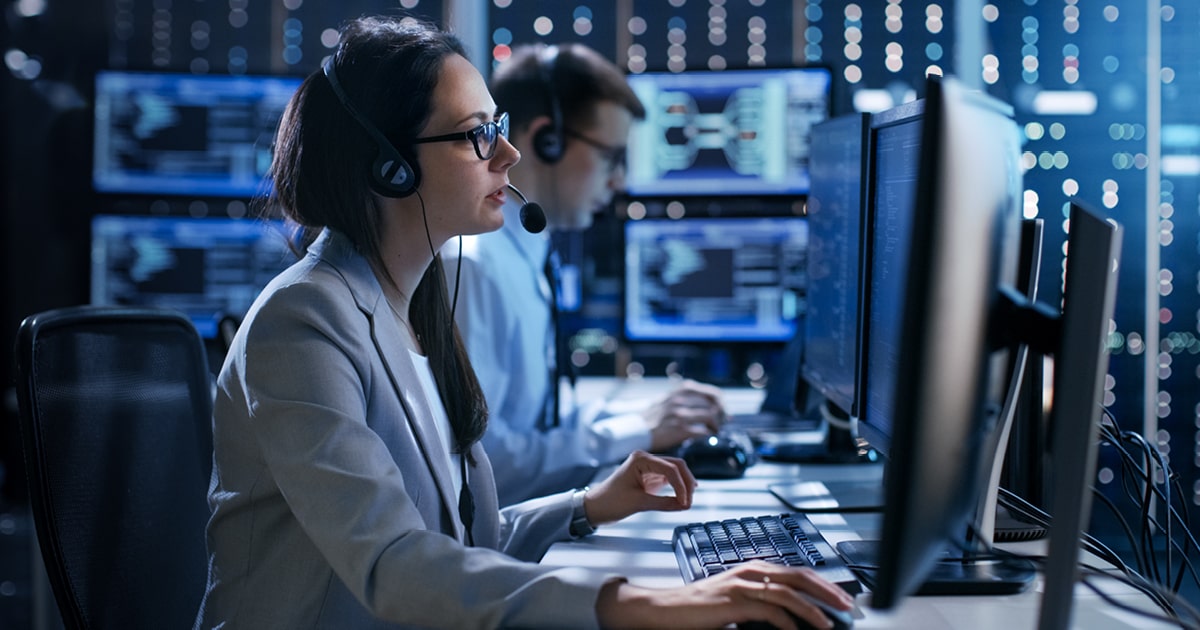Alarm and Monitoring Services

The Alarm and Monitoring Services industry plays a critical role in safeguarding people, property, and assets by providing advanced detection, alerting, and surveillance solutions. This dynamic sector encompasses a range of services and technologies aimed at preventing and responding to security incidents. Here are key details about the Alarm and Monitoring Services industry:
Intrusion Detection Systems: Alarm systems are at the core of the industry, employing sensors such as motion detectors, door/window contacts, and glass break sensors to detect unauthorized entry. These systems trigger alarms, notifying both on-site personnel and remote monitoring centers.
Fire and Smoke Detection: The industry extends its services to fire and smoke detection systems, utilizing sensors to identify potential fire hazards. Rapid response mechanisms are integrated to alert authorities and initiate emergency protocols.
24/7 Monitoring Centers: Centralized monitoring centers operate around the clock to receive signals from alarms and surveillance systems. Highly trained professionals assess the situation, verify alarms, and dispatch appropriate responses, including emergency services or on-site security personnel.
Video Surveillance and Analytics: Video monitoring is an integral component, utilizing cameras and advanced analytics to detect unusual activities or security breaches. Remote monitoring allows for real-time assessment and response.
Integrated Security Systems: Many companies offer integrated security solutions that combine alarms with access control, video surveillance, and other security measures. This holistic approach provides comprehensive protection against various threats.
Mobile Monitoring Apps: The industry leverages mobile technology, allowing users to monitor their security systems remotely through dedicated applications. This provides real-time insights and the ability to manage alarms and surveillance features on the go.
Environmental Monitoring: Some services extend beyond security, incorporating environmental monitoring such as temperature, humidity, and water detection. This is particularly crucial for businesses with sensitive equipment or assets.
Home Automation Integration: The industry is adapting to the rise of smart homes by integrating alarm and monitoring services with home automation systems. This allows users to control security features, lighting, and more through a unified platform.
Regulatory Compliance: Alarm and Monitoring Services providers adhere to industry regulations and standards, ensuring that their systems meet the necessary criteria for reliability and effectiveness.
Emerging Technologies: The industry is continually evolving with the adoption of emerging technologies like artificial intelligence (AI) for predictive analytics, drone surveillance, and the Internet of Things (IoT) for interconnected security devices.
